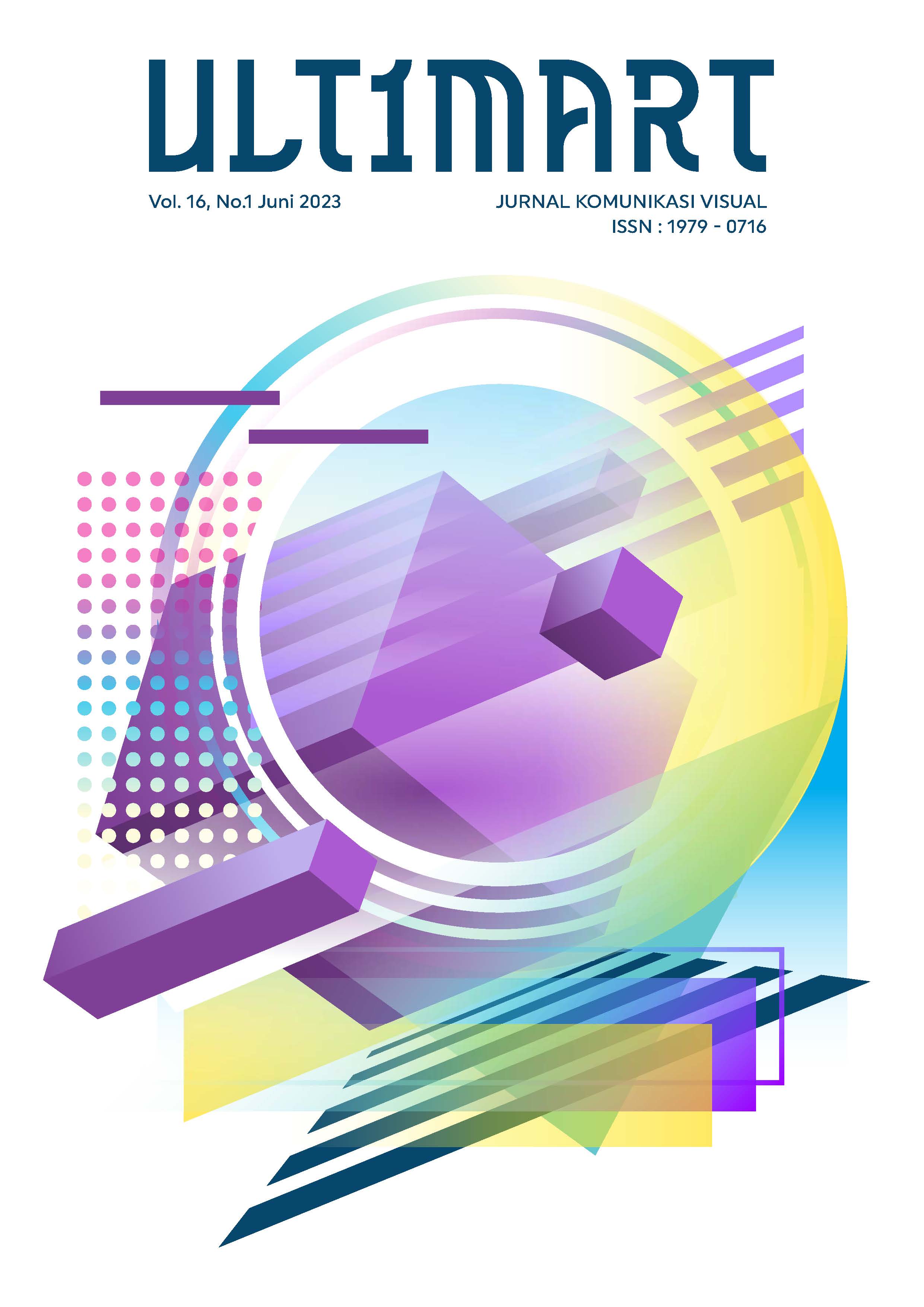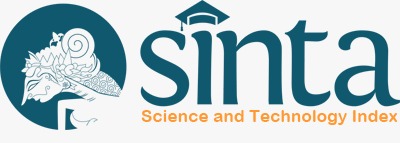Story Design in Fine Dining Projection Mapping Project " Si Dulang "
DOI:
https://doi.org/10.31937/ultimart.v16i1.3147Abstract
Projection technology is a technology that is familiar to modern society. It has been seen a lot in everyday life, from attending class lectures and watching movies in the theater. Projection technology is also used in creating art, such as projection mapping in various objects. Projection-Mapping is one of the technological achievements that opens complete access for artists to create and tell stories uniquely. Storytelling is something that humans always do over generations. The usage of technology these days is not limited in terms of form. One of the innovative ways to use projection mapping is "le Petit Chef." The combination of fine dining restaurants and the immersive experience when watching animation on a consumer table has positive outcomes for the restaurant industry. Based on the case study of projection mapping named "le Petit Chef", this research will focus on creating a story for projection mapping titled "Si Dulang". This research will also identify the factors the storyteller needs to consider when adopting new technology.
Keywords: storytelling; projection mapping; fine dining; animation
Downloads
Published
How to Cite
Issue
Section
License
Authors retain copyright and grant the journal right of first publication with the work simultaneously licensed under a Creative Commons Attribution-ShareAlike International License (CC-BY-SA 4.0) that allows others to share the work with an acknowledgement of the work's authorship and initial publication in this journal.
Authors are able to enter into separate, additional contractual arrangements for the non-exclusive distribution of the journal's published version of the work (e.g., post it to an institutional repository or publish it in a book), with an acknowledgement of its initial publication in this journal.
Copyright without Restrictions
The journal permits the author(s) to hold the copyright without restrictions and will hold distributing rights without limitations.
The submitted papers are assumed to contain no proprietary material unprotected by patent or patent application; responsibility for technical content and for protection of proprietary material rests solely with the author(s) and their organizations and is not the responsibility of the Ultimart: Jurnal Komunikasi Visual or its Editorial Staff. The main (first/corresponding) author is responsible for ensuring that the article has been seen and approved by all the other authors. It is the responsibility of the author to obtain all necessary copyright release permissions for the use of any copyrighted materials in the manuscript prior to the submission.















